WiFi stands for Wireless Fidelity. WiFiIt is based on the IEEE 802.11 family of standards and is primarily a local area networking (LAN) technology designed to provide in-building broadband coverage.
Current WiFi systems support a peak physical-layer data rate of 54 Mbps and typically provide indoor coverage over a distance of 100 feet.
WiFi has become the de facto standard for last mile broadband connectivity in homes, offices, and public hotspot locations. Systems can typically provide a coverage range of only about 1,000 feet from the access point.

WiFi offers remarkably higher peak data rates than do 3G systems, primarily since it operates over a larger 20 MHz bandwidth, but WiFiWiFi systems are not designed to support high-speed mobility.
One significant advantage of WiFi over WiMAX and 3G is its wide availability of terminal devices. A vast majority of laptops shipped today have a built-in WiFi interface. WiFi interfaces are now also being built into a variety of devices, including personal data assistants (PDAs), cordless phones, cellular phones, cameras, and media players.
WiFi is Half Duplex
All WiFi networks are contention-based TDD systems, where the access point and the mobile stations all vie for use of the same channel. Because of the shared media operation, all WiFi networks are half duplex.
There are equipment vendors who market WiFi mesh configurations, but those implementations incorporate technologies that are not defined in the standards.
Channel Bandwidth
The WiFi standards define a fixed channel bandwidth of 25 MHz for 802.11b and 20 MHz for either 802.11a or g networks.
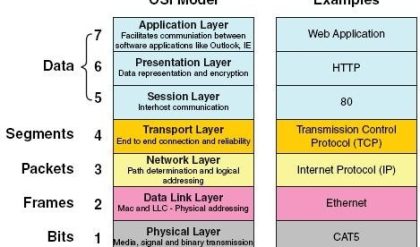
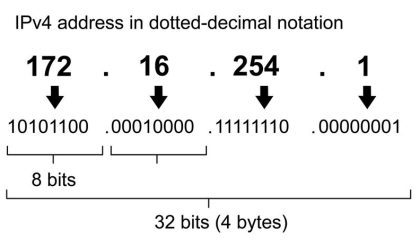
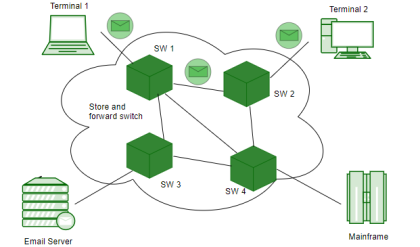
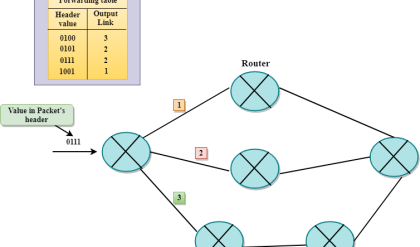
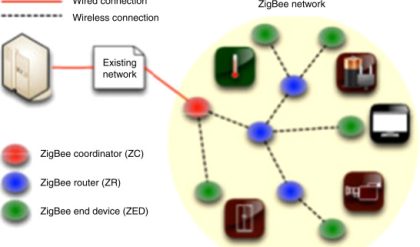
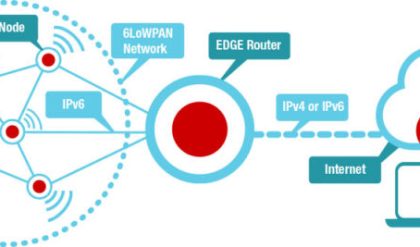
Comments are closed.